Many people associate NASA with exploring new worlds in space,eroticizing the rural pdf but few know it's also finding new microscopic ecosystems right here.
Years ago, Kasthuri Venkateswaran, a scientist who decontaminates spacecraft bound for Mars, found a curious microorganism on the end of his swab. The bacteria, which he named bacillus pumilus, was so resilient, the usual cleaning solutions — ultraviolet light and peroxide — wouldn't kill it.
That discovery led to sending a specimen to the International Space Station, where astronauts hung it outside the laboratory 250 miles above Earth to see what would happen. When the sample came back, many of the spores were still alive, even after 18 months of exposure to cosmic radiation.
The research was shelved, and a sample of the microbe literally went into a freezer. But 25 years after its first detection, a Massachusetts-based company is using it to make a new ingredient for sunscreen, leveraging its UV resistance.
SEE ALSO: Your next skin cream may come from NASA's outer space scienceThis Tweet is currently unavailable. It might be loading or has been removed.
The story of spaceship to skincare has twists and turns and an unusual cast of characters. It starts with Kyle Landry, who began his career in food science. Landry developed an expertise in extremophiles — organisms that can live in the harshest Earth environments — and even discovered a new species of fungus.
Landry had been focused on finding new and unique enzymes from certain funguses that grow at high temperatures. When added to foods, these ingredients help produce umami flavors.
David Sinclair, a geneticist at Harvard Medical School, took notice of Landry's work and offered him a postdoctoral position at his lab. Sinclair, whose research centers on why humans age and how to slow its effects, was interested in understanding how extremophiles can live such long lives and repair themselves in hostile environments.
From there, Landry started working for Liberty Biosecurity, a company in the biodefense sector co-founded by Sinclair, trying to neutralize anthrax and the Black Plague with extremophile enzymes that are good at breaking down organic material.
 Kasthuri Venkateswaran discovered bacillus pumilus on a spacecraft in a NASA cleanroom in 1999. Credit: NASA
Kasthuri Venkateswaran discovered bacillus pumilus on a spacecraft in a NASA cleanroom in 1999. Credit: NASA The contractor eventually started working with NASA to develop compounds that could protect the human genome from the harmful effects of cosmic radiation.
"It's not the rockets that are limiting us from going to Mars," Landry said. "It's our own biology to withstand nonstop radiation for six months."
The partnership put Landry at the right place at the right time to learn about NASA's treasure trove of extremophiles, ripe for more research and commercialization. At the space agency's Jet Propulsion Laboratory, scientists have discovered hundreds of these hardy little lifeforms while trying to clean spacecraft before the hardware leaves the planet. The United States has signed an international treaty to avoid introducing contaminants to extraterrestrial environments.
 At NASA's Jet Propulsion Laboratory, scientists have discovered hundreds of these hardy little lifeforms while trying to clean spacecraft before the hardware goes to other worlds. Credit: NASA
At NASA's Jet Propulsion Laboratory, scientists have discovered hundreds of these hardy little lifeforms while trying to clean spacecraft before the hardware goes to other worlds. Credit: NASA To comply, NASA has sought to sanitize Mars rovers at a threshold of no more than 300,000 bacterial spores on any surface area exposed to the Martian environment. That process has revealed plenty of microbes that can survive high temperatures, low nutrients, and a lack of moisture.
Venkateswaran has been collecting the specimens to have a record of the types of so-called "dead bug bodies" that could remain on NASA equipment. That way, if a rover shovel digs up some Martian dirt and puts it in a test tube, scientists have an idea of whether potential evidence of a primitive organism is an alien or just a hitchhiker from Earth. Regardless of NASA's best efforts, there's no full-proof way to make a spacecraft spotless, a point John Grunsfeld, NASA's former chief scientist, drove home in 2015.
"We know there’s life on Mars already because we sent it there,” he said then.
 Twenty-five years after the first detection of a strain of bacteria, a Massachusetts-based company is using it to make a new ingredient for sunscreen, leveraging its UV resistance. Credit: Delavie Sciences
Twenty-five years after the first detection of a strain of bacteria, a Massachusetts-based company is using it to make a new ingredient for sunscreen, leveraging its UV resistance. Credit: Delavie Sciences Venkateswaran's other reason for saving extremophile samples is to learn how to improve cleaning methods. The strain of bacillus pumilus, for example, was used as a final witness for the eradication of everything else in that cleanroom, said Dan Lockney, executive of NASA’s technology transfer program.
"If that bacteria was eliminated," he said, "they determined that that cleanroom was as sanitized as possible."
"If that bacteria was eliminated they determined that that cleanroom was as sanitized as possible."
Now for how the bacteria ended up in the sunscreen business.
 Delavie Sciences has launched its own brand of skincare products, Aeonia, using its version of bacillus lysate. Credit: Delavie Sciences
Delavie Sciences has launched its own brand of skincare products, Aeonia, using its version of bacillus lysate. Credit: Delavie Sciences NASA urged Landry to take a look at its catalog of patented organisms. When he saw this one's potential for absorbing UV radiation, he licensed it, then spent the next two years figuring out how to make an extract from the bacteria. (The proprietary product itself, known as bacillus lysate, doesn't contain any live bacteria.)
"We endeavor to make sure all the things that we develop for these space missions also find their way into consumer goods and industrial applications and manufacturing processes and into hospitals and grocery stores," Lockney said.
Seeing that a biodefense company doesn't have a place in cosmetics, Landry formed a spinoff company, called Delavie Sciences, which now makes the SPF booster in 15,000 liter reactors and sells it in bulk quantities to sunscreen manufacturers.
By now it's pretty much common knowledge that sunscreen is the best way to reduce skin damage from the sun. Too much UV exposure can cause cancer and age-related skin problems, like wrinkles and spots.
 Delavie Sciences CEO Kyle Landry goes on oil rigs and in abandoned gold mines to find new biology that could become the next big thing in extremophiles. Credit: Kyle Landry
Delavie Sciences CEO Kyle Landry goes on oil rigs and in abandoned gold mines to find new biology that could become the next big thing in extremophiles. Credit: Kyle Landry Sunscreens are rated with SPF, short for Solar Protection Factor, which measures how much UV radiation is necessary to penetrate the barrier to burn. The use of Delavie Sciences' bacillus lysate, which absorbs UV, increased an SPF 30 sunscreen by 22 to 33 percent, a range based on different amounts tested, according to a study published in the journal Cosmeticsin October 2023.
Delavie Sciences has also launched its own brand of skincare products, called Aeonia, using its version of bacillus lysate for another application. The ingredient seems to activate skin cells' own production of hyaluronic acid, which has been shown to help grow collagen and elastin.
Like Willy Wonka looking for the next exotic chocolate flavor, Landry now goes on oil rigs and in abandoned gold mines hunting for new biology that could become the next big thing in extremophiles. But he emphasizes that his business wouldn't have been possible without NASA.
"People think NASA is just rockets and satellites and freeze-dried ice cream," he said. "There's so much more that comes to us from NASA that goes under the radar."
 Amazon Spring Sale 2025: Best Apple AirPods 4 deal
Amazon Spring Sale 2025: Best Apple AirPods 4 deal
 The Morning Roundup for August 12, 2014
The Morning Roundup for August 12, 2014
 Boule de Suif
Boule de Suif
 The Best Medicine
The Best Medicine
 Best robot vacuum deal: Save $200 on Eufy X10 Pro Omni robot vacuum
Best robot vacuum deal: Save $200 on Eufy X10 Pro Omni robot vacuum
 The Morning News Roundup for July 29, 2014
The Morning News Roundup for July 29, 2014
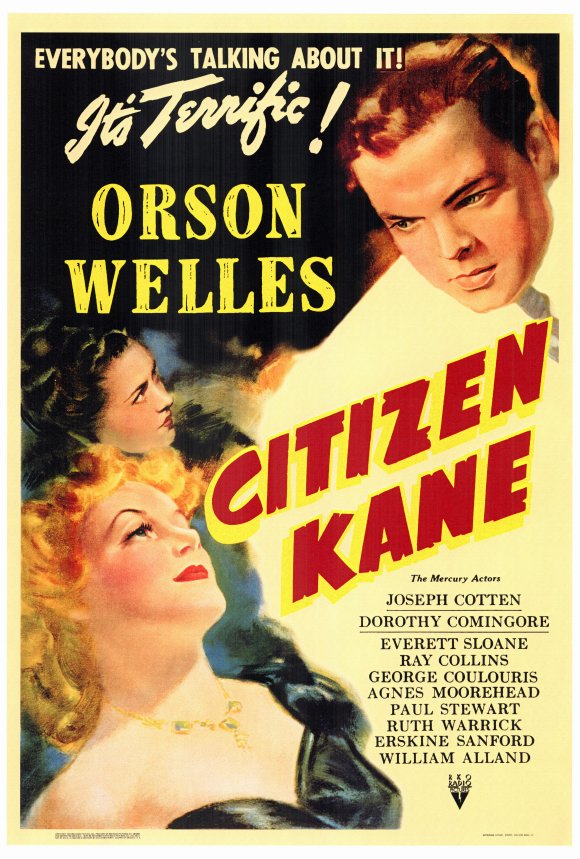 Sartre and Borges on Welles by Dan Piepenbring
Sartre and Borges on Welles by Dan Piepenbring
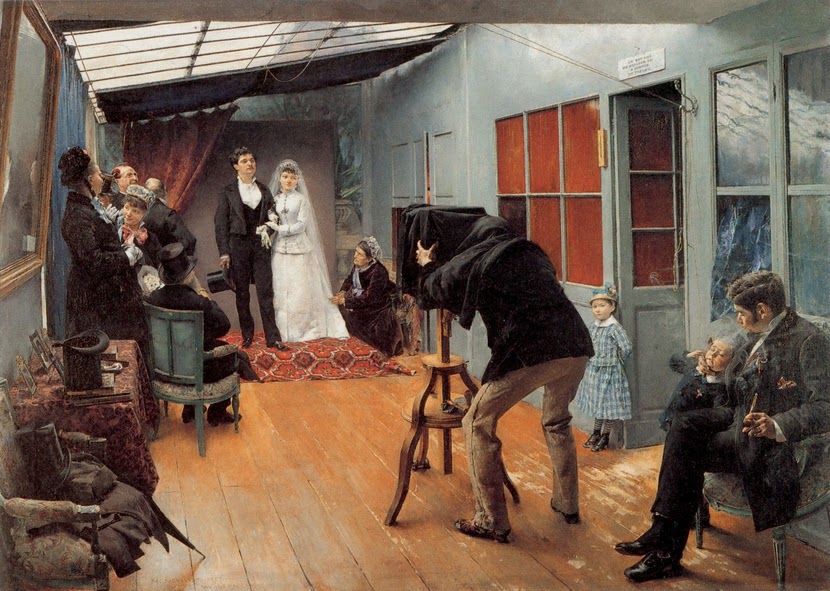 Repent at Leisure
Repent at Leisure
 The Morning News Roundup for July 29, 2014
The Morning News Roundup for July 29, 2014
 Perplexity's new Deep Research tool is powered by DeepSeek R1
Perplexity's new Deep Research tool is powered by DeepSeek R1
 The Morning News Roundup for August 11, 2014
The Morning News Roundup for August 11, 2014
 Boule de Suif
Boule de Suif
 The Morning News Roundup for August 22, 2014
The Morning News Roundup for August 22, 2014
 Here are the glorious proposed logos for Donald Trump's Space Force
Here are the glorious proposed logos for Donald Trump's Space Force
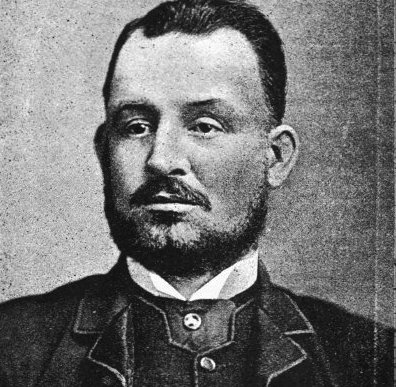 James Berry, Celebrity Executioner
James Berry, Celebrity Executioner
 Happy Birthday, Ray Bradbury!
Happy Birthday, Ray Bradbury!
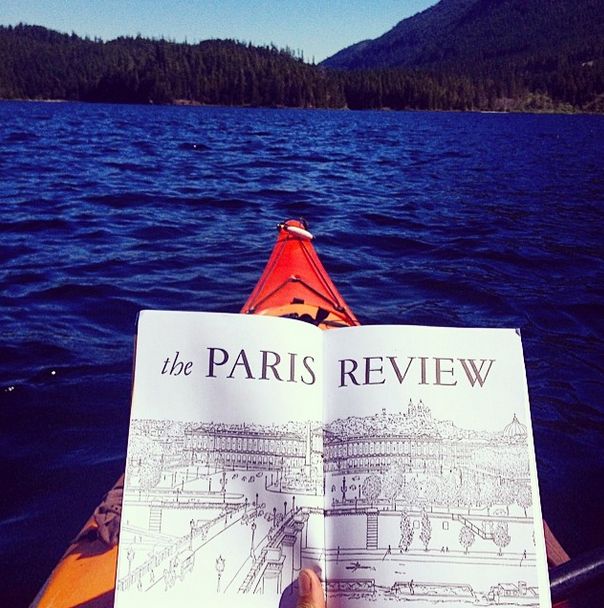 Your Summer Reading, Sorted
Your Summer Reading, Sorted
 U.N. aims to make carbon emissions cost money at COP 25 climate talks
U.N. aims to make carbon emissions cost money at COP 25 climate talks
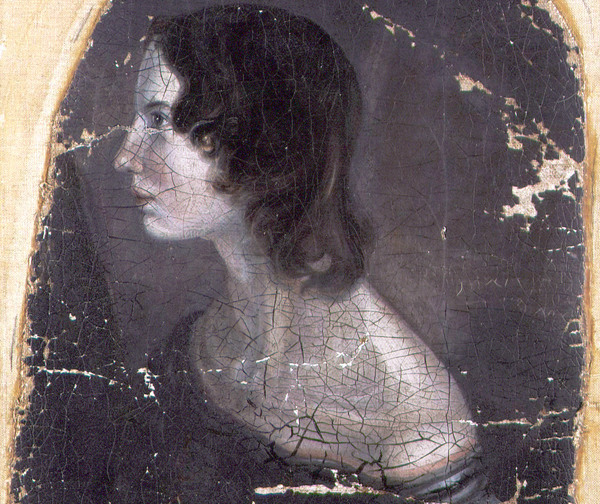 Emily Brontë’s Boring Birthday
Emily Brontë’s Boring Birthday
Elon Musk admits that Tesla will have to replace old computers for FSD buyersHow to watch the 2025 Grammys: The best Paramount+ streaming dealsBest Anker deal: Save $12 on Soundcore 2 portable speakerBest Apple AirPods 4 deal: Save $10 at Best BuyBest monitor deal: Get the LG UltraGear gaming monitor for 47% offSri Lanka vs. Australia 2025 livestream: Watch 1st Test for freeNYT Connections hints and answers for January 30: Tips to solve 'Connections' #599.NYT Connections Sports Edition hints and answers for January 29: Tips to solve Connections #128The 'Office' quote that defined Kevin Malone, according to the actor himselfNASA spotted a big asteroid that may hit Earth — what you should knowBoston Celtics vs. New Orleans Pelicans 2025 livestream: Watch NBA onlineBest LG QNED TV deal: Save $247 on LG 55Best smartwatch deal: Get a refurbished Apple Watch Ultra for $399.99 at WootBest travel deal: Book flights for as low as $49 each way with JetBlueFCSB vs. Manchester United 2025 livestream: Watch Europa League for freeBest Jabra Elite 10 deal: Save $100 at Best BuyiOS 18.3 is here. 3 major changes to knowCleveland Cavaliers vs. Miami Heat 2025 livestream: Watch NBA onlineJimmy WB73 mattress vacuum deal: $100 offBest Costco deal: Save $15 on delivery orders of $50 or more Freaky asteroids flew by Earth, and NASA captured footage Best early Prime Day Chromebook deals: Asus, Acer, and more How streamer Pirate Software gained nearly 2 million subs in 6 months Spotify is adding comments to podcasts now Best Amazon deal: Get the brand Meituan doubles down on AI in 2025 strategic plan · TechNode US investigates DeepSeek over national security concerns · TechNode Google Maps is bringing speed limits to iPhones China’s Lunar New Year box office tops $390 million on second day of holiday · TechNode Global foundry industry revenue expected to grow 20% this year · TechNode China’s CATL files for secondary listing in Hong Kong to fund expansion · TechNode OpenAI’s first AI chip to tape out at TSMC in first half of the year: report · TechNode Ne Zha 2 becomes highest New Webb telescope image isn't just stunning. It shattered a record. The long, thorny history of Boeing's Starliner spaceship SpaceX's Starship shows resilience through brutally hot reentry to Earth Astronaut snaps strange iridescent clouds at the edge of space NASA astronauts blast off in tense launch on Boeing spacecraft iOS 18: How to tint your apps Argentina vs. Canada 2024 livestream: Watch Copa America semi
3.1629s , 10243.453125 kb
Copyright © 2025 Powered by 【eroticizing the rural pdf】,Miracle Information Network